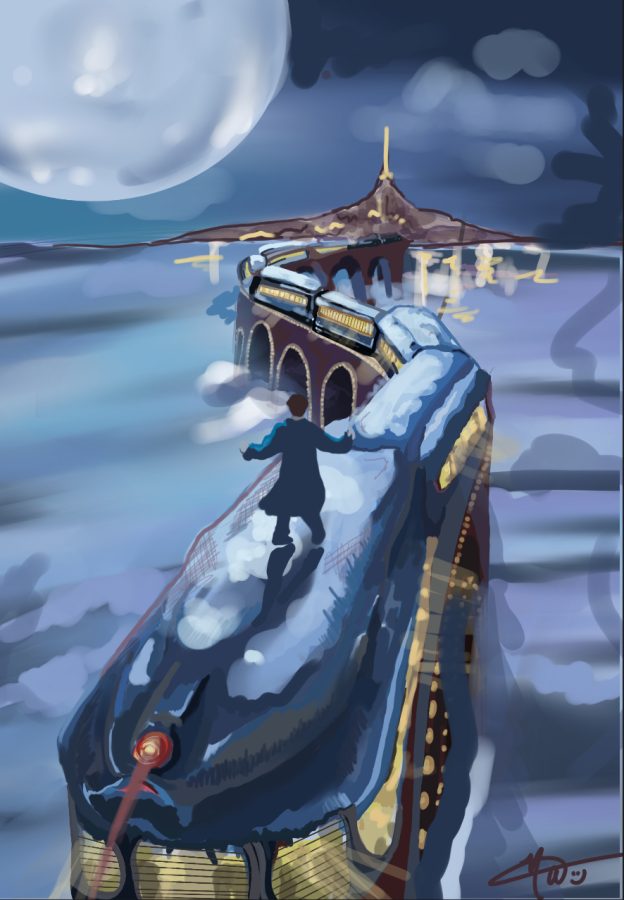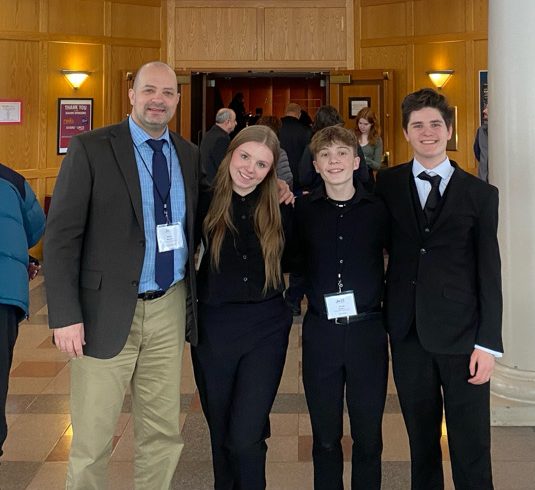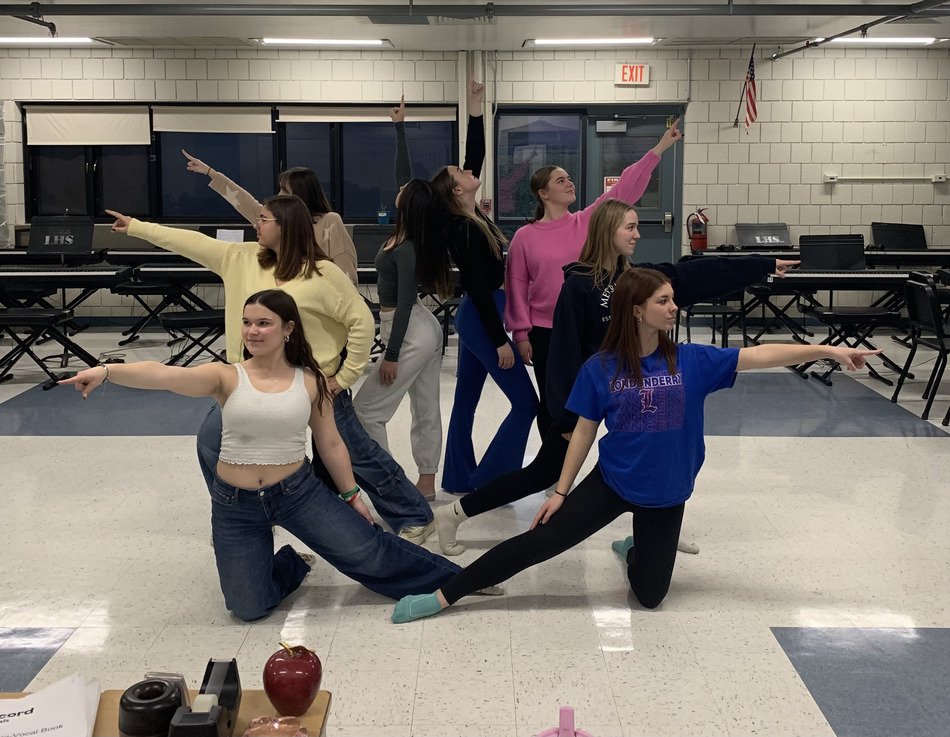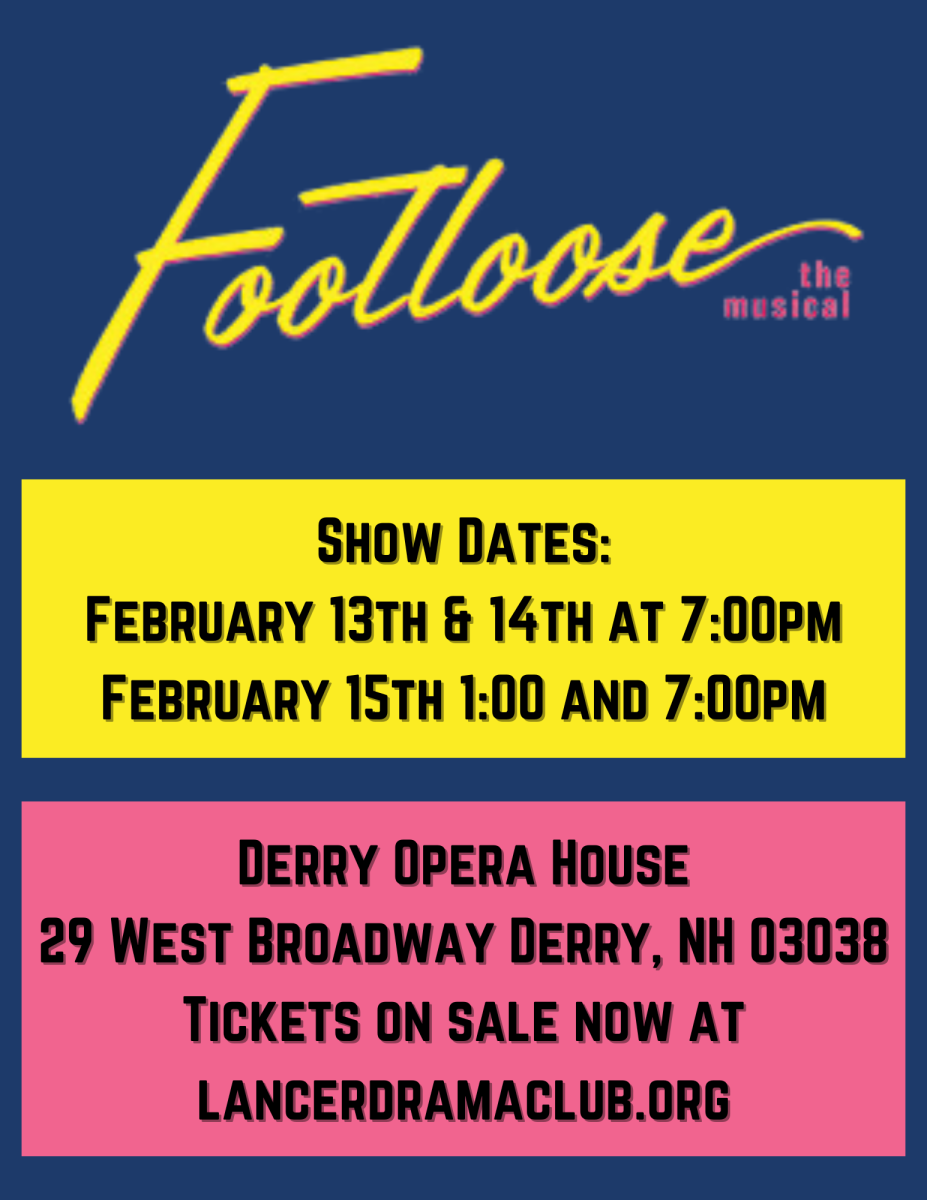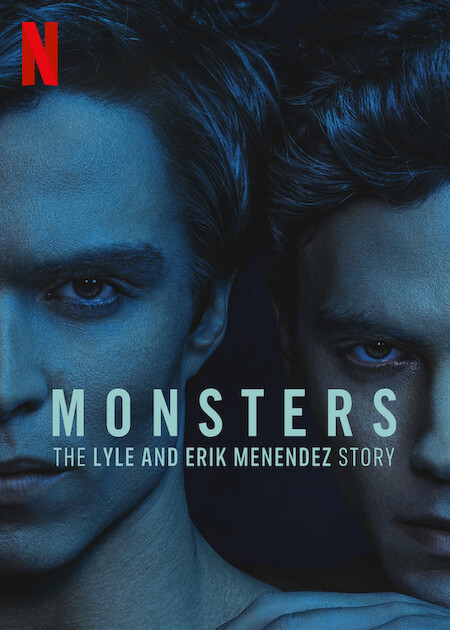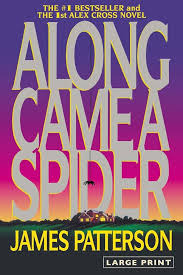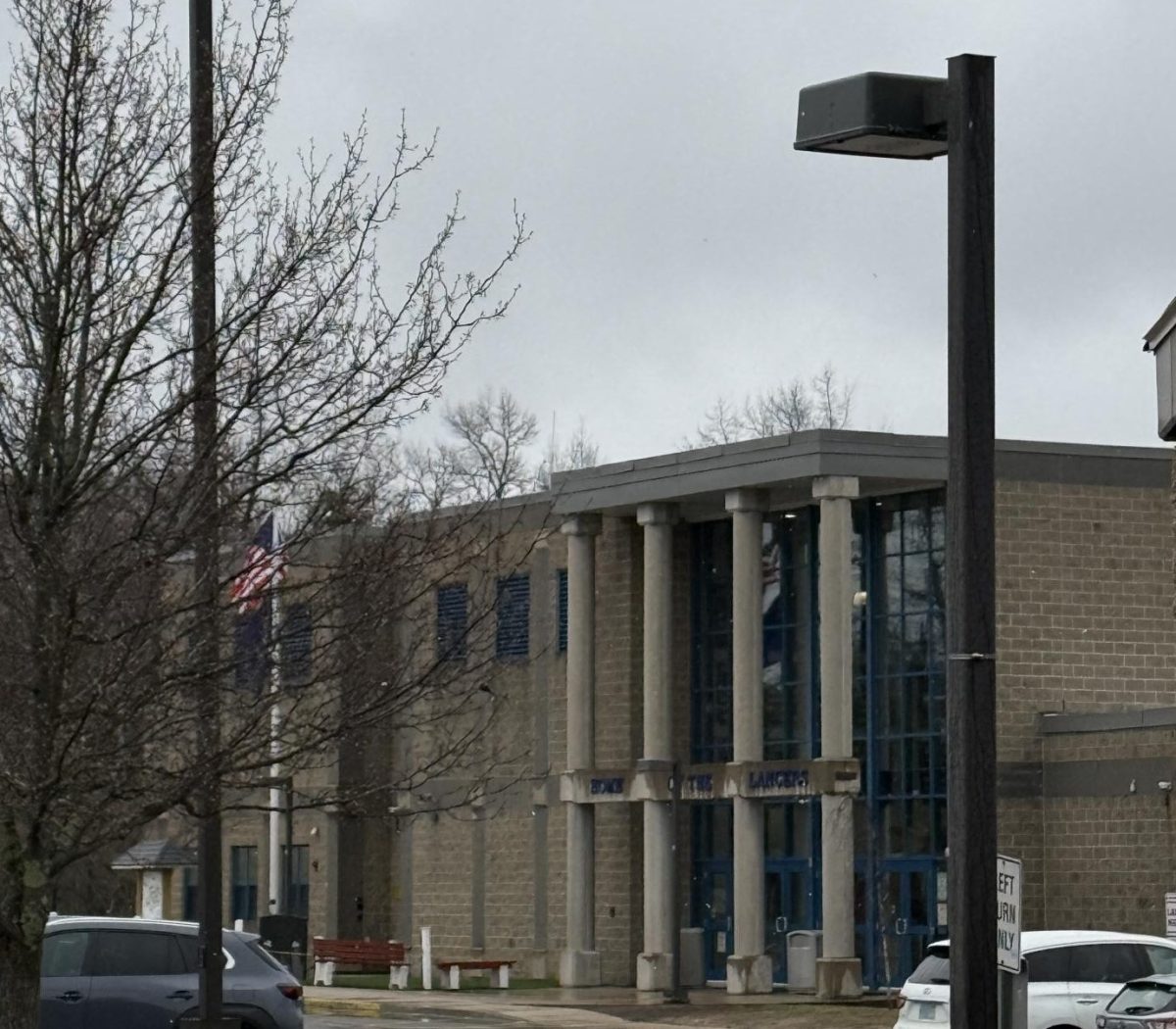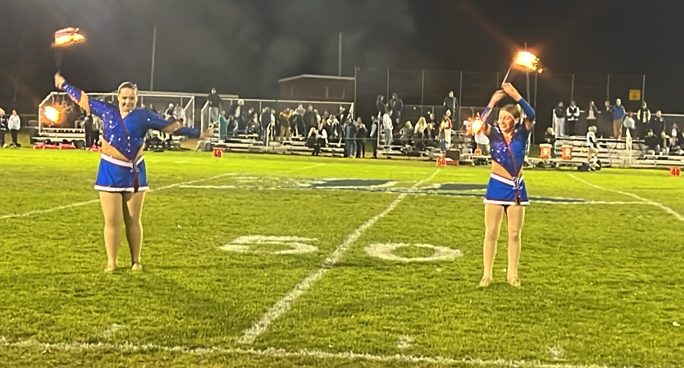The day every elementary school student waits for has finally come: the last day of school before winter break. The anticipation for this day has been skyrocketing since the teachers asked who wants to bring in which snacks for the class Christmas party.
Kids wear their favorite holiday attire, some even choosing reindeer-patterned pajama pants or Grinch onesies. The teacher tells everyone to gather on the floor with their snacks to get ready for the movie to start.
Hot chocolate and popcorn are passed out while Alan Silvestri’s magical Christmas score begins to play. The kids huddle together and watch Tom Hanks’ epochal storytelling of The Polar Express: the coveted title of the greatest Christmas movie of all time.
Before the winter season even begins, a yearly debate ensues regarding which holiday movie is the greatest of all time. While the list of these movies stretches longer than Christmas dinner with the in-laws, there are various opinions of the film that earns this title.
Those who cherish the classics may suggest Charles Dickens’s A Christmas Carol or Natalie Wood’s acting debut in Miracle on 34th Street. “Saturday Night Live” fans may propose Elf or National Lampoon’s Christmas Vacation. While these films are perfectly fine holiday favorites, none of them can recreate the magic one feels when hearing Hanks’ voiceover start with the soft chiming of Christmas bells.
Chris Van Allsburg’s book comes to life as Hanks narrates the story of a skeptical young boy who has reached the age of questioning the legitimacy of Santa Claus and struggling to hang on to the spirit of Christmas. On the night of Christmas Eve, the boy lays in his bed, waiting to fall asleep so he can wake up to presents from “his parents.”
Suddenly, his whole room starts to shake, causing his books to fall off the shelves and his pictures to slide off the walls. Startled and confused, he runs outside to find out what is happening. He finds the cause of this mini-earthquake: an enormous train aptly titled The Polar Express.
The conductor comes out to greet him, revealing that if he joins him on board, he’ll take a journey to the North Pole and be back before Christmas morning. Still skeptical, he joins him on the train, leaving his house and family behind him. Alongside two new friends, the train leads the boy to great danger and thrilling adventures, showing him how to believe in the magic of Christmas again.
The heart-warming story of a young boy discovering the magic of Christmas will warm the hearts of people everywhere, but the unique factor setting this movie apart from the rest is the vague mysteries embedded throughout the film. Quite a few details in the story are kept undisclosed, such as the names of most of the characters. The only name relieved is one of the protagonist’s friends, Billy. The main character, the conductor, and the rest of the kids on the train are left nameless, leaving their identities to the viewer’s interpretation.
The names of the characters aren’t the only details left unaddressed: the concept of the train itself is never confirmed as a fantasy or reality. The boy woke up to the engine’s thundering sound while his whole room shook, yet, the rest of his family stayed sound asleep. When he woke up the next morning, there were no train tracks in the snow in front of his house as well as no evidence of the train even existing.
The only proof is the last present the boy opened under the tree the next morning: a bell from Santa Claus’s sleigh, along with a letter from Santa Claus himself. Santa gifted this to the boy when the train arrived at the North Pole. The inconsistency of evidence leads the actuality of the train up to the theories of viewers.
From dancing to the hot chocolate song, to sitting on the edge of your seat when the train barely survives falling through a lake of ice, Hanks’ film fills the hearts of families and holiday lovers year after year. The movie has become a classic “must-watch” throughout the holiday season, while continuously portraying the true value of believing in Christmas.



